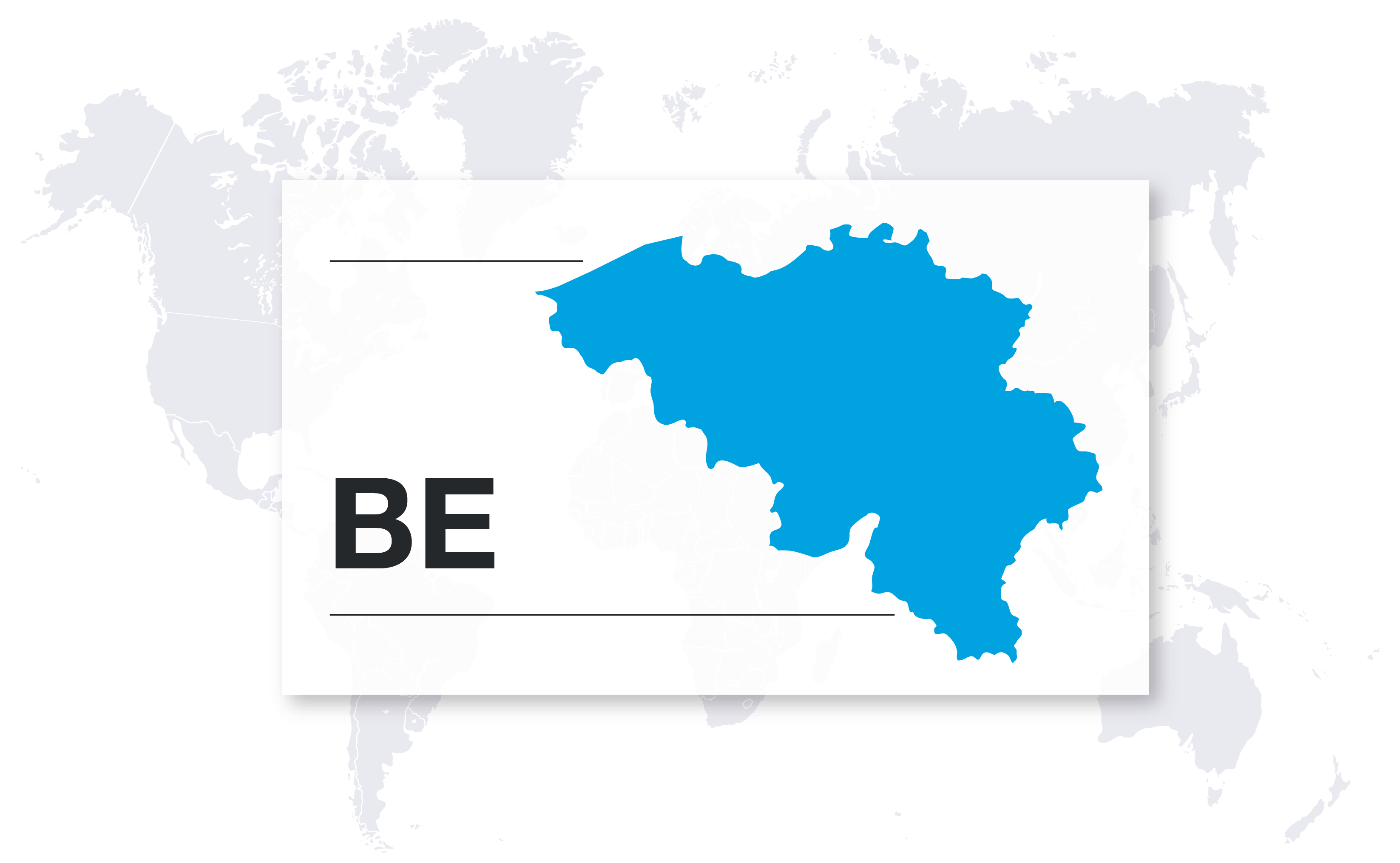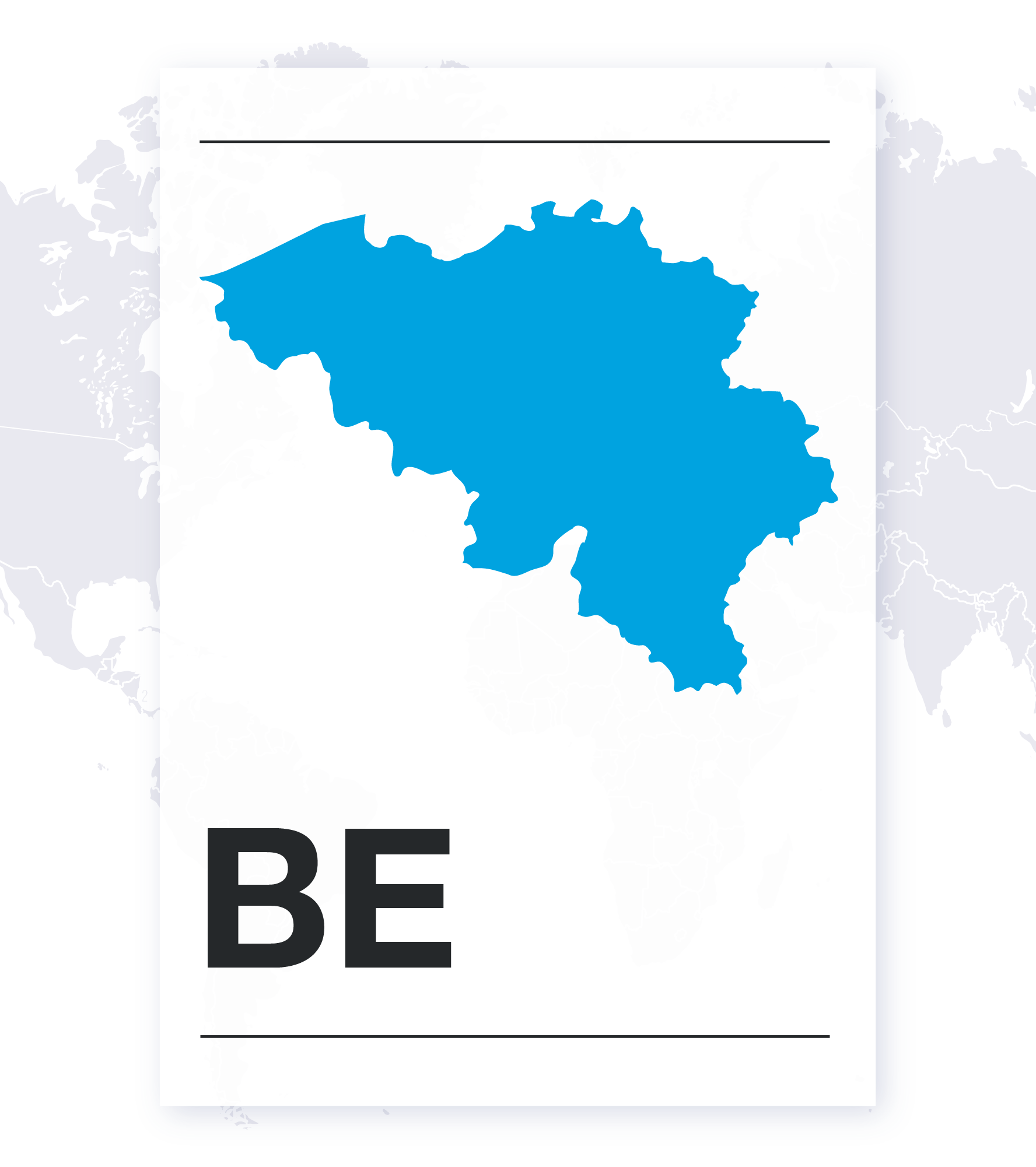Belgium pay data reporting law guide


Introduction
Belgium has had an equal pay for equal work law in effect for more than a decade, and its 5% gender pay gap is among the lowest in Europe. Collective Bargaining Agreement (CBA) number 25 imposes equal pay for men and women for equal or equivalent work. The law to combat the gender pay gap was enacted by the Belgian Legislature April 22, 2012.
Employers with 50 or more employees must create a report analyzing employees' remuneration structures by gender.
Contact us
Belgium Reporting Requirements
Who Needs to Report?
Private employers with 50 or more employees must report. Employers with 100 or more employees have more strenuous requirements.
What to Report?
There are two types of reports for employers:
- Simplified short form (employers with between 50 and 100 workers)
- Complete form (employers with 100 or more workers)
Employers with between 50 and 100 employees must carry out a detailed analysis with the short form that includes direct remuneration and benefits for workers, all expressed in full-time equivalents. Additionally, the report should include the total of other benefits or bonuses granted in addition to wages.
Employers with 100 or more employees must submit the complete form, which collects data beyond what is required by the short form - including the worker category, seniority, function, qualifications, and more, with all data broken down by gender. If the analysis reveals gender pay gaps, the employer must produce an action plan for the implementation of a gender-neutral remuneration structure in the company.
If the pay gap reporting leads to the suspicion of pay discrimination against women, an internal mediator can be appointed by the employer. The mediator will establish whether there is indeed a pay differential and, if so, will try to find a compromise with the employer.
The action plan should include:
- Concrete objectives.
- The areas of action and the instrument to achieve them.
- The time frame for completion.
- A system for monitoring implementation.
Note: In the event the grouping of data involves three or fewer employees, such information should not be submitted, in order to avoid the identification of the employees. Salary information is personal data and its processing is protected by the law of Dec. 8, 1992 on the protection of privacy.
Where and When to Report?
The report must be sent to the members of the Works Council or Employment Committee at least 15 days before a meeting is held for its consideration. The employer should submit the report to the Committee in the absence of a Works Council.
The report should be provided and discussed within three months of the end of the financial year, by March 31.
The Committee will decide whether it is appropriate to draw up an action plan for the application of a gender neutral remuneration structure within the company.
Deadlines and Cadence
Cadence of analysis is every two years, covering two accounting years.
Belgium Pay Transparency Requirements
There are currently no legal requirements for employers to post salary details to applicants or employees in Belgium regarding specific positions.
Employment Equity Standards
Belgium law requires employers pay equal pay for equal work or work of equal value between female and male employees.
The Risks of Non-Compliance
The Belgian Ombudsman will assist employers and workers in applying the measures under this law, including support in the drafting of the action plan and progress report.
The type of sanction will depend upon the relevant legal ground and provision that would have been violated. For example, failure to publish broken-down data in the social balance or to submit the analysis report can trigger level-two sanctions; that is, either criminal fines ranging from €400 to €4,000 or administrative fines ranging from €200 to €2,000.
Non-compliance with CBA No. 25 is mainly civilly sanctioned, with the possibility to claim reinstatement and entitlement to a six-month protection indemnity in case of refusal to do so by the employer.
How Can Trusaic Assist with Belgium Gender Pay Gap Reporting Compliance?
1. Comply - Use Trusaic's GPDR solution to complete required reporting by compliance deadlines:
Applicability Determination: Perform an accurate assessment of your applicability, according to jurisdictional specific definitions and regulatory frameworks so you can understand your reporting obligations across the globe.
Deadline Management: Prepare ahead of time with project timelines, timely notifications, and reminders, to keep you on track to meeting jurisdictional deadlines.
Expert Legal Guidance and Support: Benefit from the expertise of our trusted pay equity attorneys, so you understand your compliance requirements across a diverse global regulatory landscape. Receive world-class customer support, including assistance throughout the compliance process.
Streamlined Data Extraction: Collect the necessary data for analysis and submission with a simple click of a button; powered by certified data integrations with the world's largest HCM, HR and Payroll platforms, including Workday, SAP, UKG and ADP. Provide data through Trusaic's Workplace Equity platform, a SOC 2 Type II and GDPR-compliant tool for data transmission.
Data Quality Assurance: Trusaic performs data validations to ensure your collected data and information aligns with the standards and definitions provided by each jurisdiction.
Compliant Report Outputs: Take away the burden of reporting by effortlessly generating outputs containing necessary compliance information.
Reporting Checklist: Follow step-by-step guidance on where, when and how to report to any jurisdiction's regulatory body, as well as your required internal disclosure and public posting obligations.
2. Correct - Use PayParity and OpportunityParity to understand, explain and resolve pay disparities:
Risk Assessments: Stay aware of any potential exposure to any government audit or litigation. Our cross-functional team of data scientists, statisticians, and government regulatory compliance experts have rigorously worked to reverse-engineer the calculations that will be used by jurisdictions to estimate pay disparities, so you can prepare in advance.
Understand your Pay Gaps: Leverage Trusaic's PayParity solution to explain your pay gaps so you can understand the root causes and safeguard from equal pay claims and legal action.
Resolve Pay Disparities: Make pay adjustments where applicable so you can eliminate pay disparities and show improvements in your reported pay gaps from one year to the next.
Identify Barriers to Professional Growth: Ensure workforce diversity and equity with hiring, promotion, retention, and opportunity analytics using OpportunityParity.
3. Communicate - Use Trusaic's Workplace Equity Solution to communicate narrative and share salary ranges with confidence.
Pay Equity Narrative: Communicate the sources of your pay gaps, progress objectives, and corrective measures to employees and internal stakeholders with Trusaic's Workplace Equity product suite. Show data-backed progress in your pay gaps over time.
Salary Range Explainability: Use Salary Range Finder to establish and post competitive and equitable pay ranges to confidently comply with pay transparency laws.
Mitigate Risk of Recurrent Pay Disparities: Ensure new hires receive fair pay offers with the use of external labor market data and internal pay equity analytics to reduce unplanned and expensive pay remediations.
How to Prepare to Comply for the EU Directive
The EU Pay Transparency Directive was approved in 2023, establishing a clear framework for EU member states to apply the principle of equal pay for equal work or work of equal value.
EU member states have three years from June 7, 2023 to transpose the directive into law. Likely implementation dates are 2026, however, some countries may enact legislation earlier. All 27 member states are required to adopt the directive.
Employers operating in EU member states can take several preliminary steps to ensure compliance with the upcoming legislation. The EU Directive includes a requirement for a Joint Pay Assessment where pay gaps are higher than 5%. The Belgian pay gap currently hovers around 5% and is mostly negligible among workers under the age 25. However, the gap widens significantly more for workers aged 44 and older.
Trusaic is GDPR compliant and can assist any organization in any EU state in meeting its obligations under both the EU Corporate Sustainability Reporting Directive and the EU Pay Transparency Directive.
Sign up for PayParity by August 31, 2024
and receive OpportunityParityTM at no additional cost
Sign up for PayParity by August 31, 2024 and receive OpportunityParityTM at no additional cost
